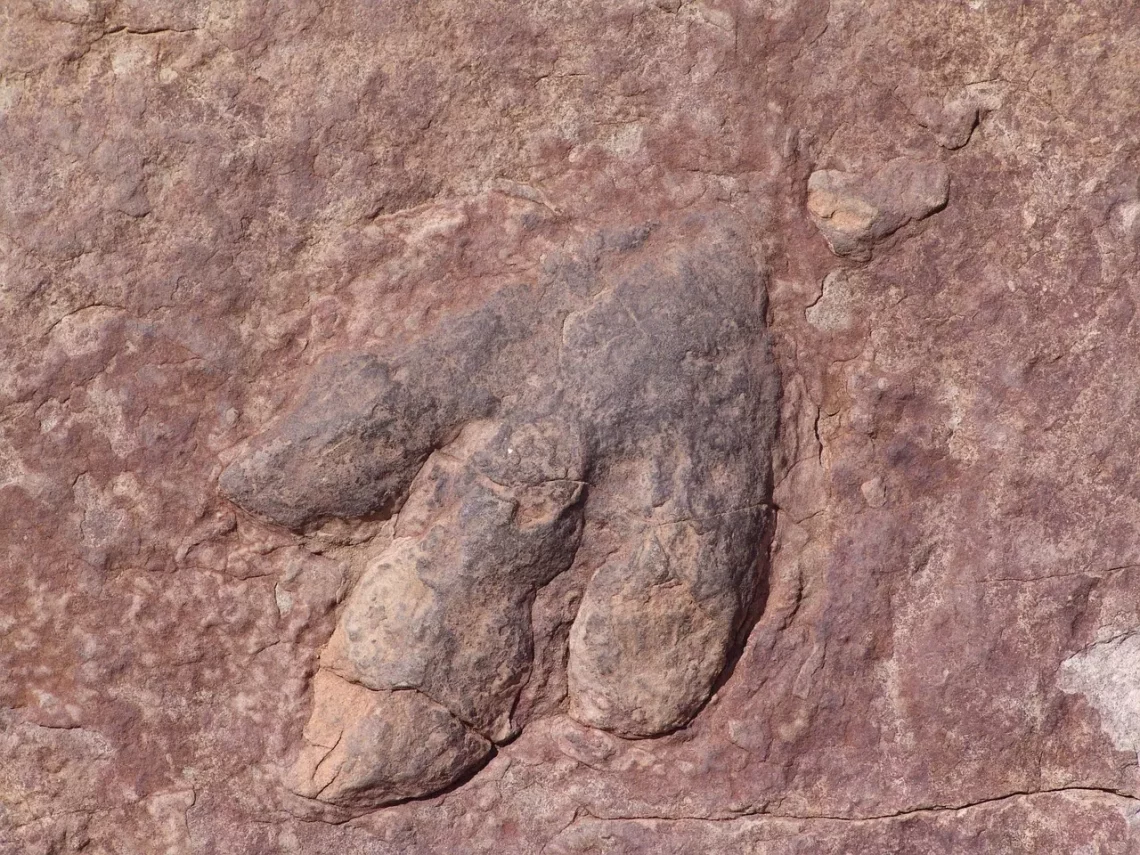
Understanding Hotspot Foot: Causes, Symptoms, and Treatment Options
Understanding Hotspot Foot: Causes, Symptoms, and Treatment Options
Hotspot foot, often referred to as a surface skin condition, is a concern for many individuals who are physically active or spend extended periods on their feet. This condition typically manifests as localized irritation, redness, and discomfort, often exacerbated by friction and moisture. As people engage in various activities, such as running, hiking, or standing for long hours, the risk of developing hotspot foot increases.
This phenomenon can occur due to a variety of factors, including improper footwear, foot structure, and environmental conditions. Understanding the intricacies of this condition is essential for both prevention and treatment. While it may seem like a minor issue, if left unaddressed, hotspot foot can lead to more severe complications, including infections or chronic pain.
Recognizing the early signs and symptoms is crucial for effective management. In this article, we will delve into the causes, symptoms, and treatment options available for hotspot foot, providing valuable insights for anyone looking to safeguard their foot health.
Common Causes of Hotspot Foot
Hotspot foot can arise from a variety of causes, each contributing to the discomfort and irritation experienced by individuals. One of the primary culprits is friction. When the skin rubs against shoes or other surfaces, it can cause irritation, leading to the development of hotspots. This is particularly common in individuals who partake in activities such as running or hiking, where repetitive motion and pressure on specific areas of the foot can lead to skin breakdown.
Another significant factor is moisture. Excessive sweating, wet conditions, or even poorly ventilated shoes can create a moist environment that exacerbates friction. When the skin becomes damp, it loses its natural barrier, making it more susceptible to irritation and injury. Additionally, moisture can lead to maceration, where the skin softens and breaks down, further increasing the likelihood of developing hotspots.
Foot structure and biomechanics also play a crucial role in the development of hotspot foot. Individuals with flat feet or high arches may experience uneven distribution of pressure, leading to increased friction in certain areas. Moreover, wearing ill-fitting shoes can significantly contribute to the problem. Shoes that are too tight, too loose, or lack proper support can increase the risk of developing hotspots by altering the way the foot moves and interacts with the ground.
Finally, environmental factors such as temperature and terrain can also impact the likelihood of developing hotspot foot. Hot, humid conditions can increase sweating, while rough or uneven surfaces can enhance friction and pressure on the feet. Understanding these causes is essential for preventing hotspot foot and maintaining overall foot health.
Identifying Symptoms of Hotspot Foot
Recognizing the symptoms of hotspot foot is crucial for timely intervention and treatment. The initial signs usually include localized redness and irritation in specific areas of the foot, particularly where friction occurs. This redness may be accompanied by a burning or stinging sensation, which can range from mild to severe depending on the level of irritation.
As the condition progresses, individuals may notice the formation of blisters. These blisters can be painful and may appear as raised, fluid-filled sacs on the skin. If left untreated, blisters can rupture, leading to open wounds that increase the risk of infection. In some cases, individuals may also experience swelling in the affected area, which can further exacerbate discomfort.
Another common symptom of hotspot foot is a feeling of warmth in the affected area. This warmth is often a sign of increased blood flow to the irritated tissue, indicating that the body is attempting to heal itself. However, persistent warmth or increased pain may indicate a more severe issue that requires medical attention.
It’s also important to note that symptoms can vary depending on the individual’s activity level and the severity of the condition. Athletes or those who engage in high-impact activities may experience more pronounced symptoms due to the increased stress on their feet. In contrast, individuals with a more sedentary lifestyle may notice milder symptoms that can be easily overlooked.
If you suspect you are developing hotspot foot, it’s important to take action at the first sign of symptoms to prevent further irritation and complications.
Treatment Options for Hotspot Foot
Treating hotspot foot effectively requires a multifaceted approach aimed at alleviating symptoms and addressing the underlying causes. The first step in managing this condition is to reduce friction on the affected area. This can be achieved by wearing properly fitting shoes that provide adequate support and cushioning. It’s essential to choose footwear that allows for natural foot movement while minimizing pressure on hotspots.
In addition to choosing the right shoes, using protective padding or blister prevention products can help reduce friction. These products, such as blister pads or specialized socks, can provide an extra layer of protection between the skin and the shoe, minimizing irritation during physical activities.
Managing moisture is another critical aspect of treatment. Keeping the feet dry is essential for preventing further irritation and allowing the skin to heal. Consider using moisture-wicking socks, which help draw sweat away from the skin. Additionally, taking breaks during extended periods of activity to allow the feet to air out can be beneficial.
If blisters or open wounds are present, it’s important to care for them properly. Keeping the area clean and covered with a sterile bandage can help prevent infection. In cases of severe pain or if there are signs of infection, such as increased redness, swelling, or pus, it’s advisable to seek medical attention.
Over-the-counter pain relief medications, such as ibuprofen or acetaminophen, can also help manage discomfort associated with hotspot foot. However, it’s crucial to follow the recommended dosage and consult a healthcare professional if symptoms persist or worsen.
Preventing Hotspot Foot: Best Practices
Preventing hotspot foot is often more effective than treating it after it develops. By adopting proactive measures, individuals can significantly reduce their risk of experiencing this uncomfortable condition. One of the most important steps is to invest in high-quality footwear that fits properly. Shoes should provide adequate arch support and cushioning while being appropriate for the specific activity being performed.
Regularly inspecting and replacing worn-out shoes is also vital; signs of wear, such as uneven soles or lack of cushioning, can contribute to the development of hotspots. In addition, incorporating insoles or orthotic devices can help distribute pressure evenly across the foot, reducing the likelihood of friction in specific areas.
Maintaining proper foot hygiene is another essential practice. Regularly washing and thoroughly drying the feet can help prevent moisture buildup, which can lead to irritation. Additionally, applying foot powder or antiperspirant can help manage sweat and keep the feet dry during activities.
Choosing the right socks can also make a significant difference. Opt for moisture-wicking materials that draw sweat away from the skin, reducing the risk of hotspots. Avoid cotton socks, as they tend to retain moisture and can contribute to friction.
Finally, being mindful of the environmental conditions can aid in prevention. If engaging in outdoor activities, consider the terrain and weather conditions. When possible, take breaks to allow your feet to rest and air out, particularly in hot or humid conditions. By following these best practices, individuals can significantly decrease their chances of developing hotspot foot and maintain optimal foot health.
It’s important to note that this article is not a substitute for professional medical advice. If you experience persistent foot pain or any discomfort, please consult with a healthcare professional for proper diagnosis and treatment.




